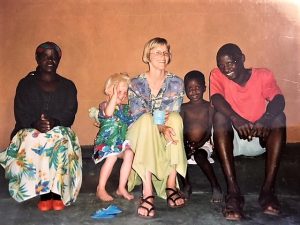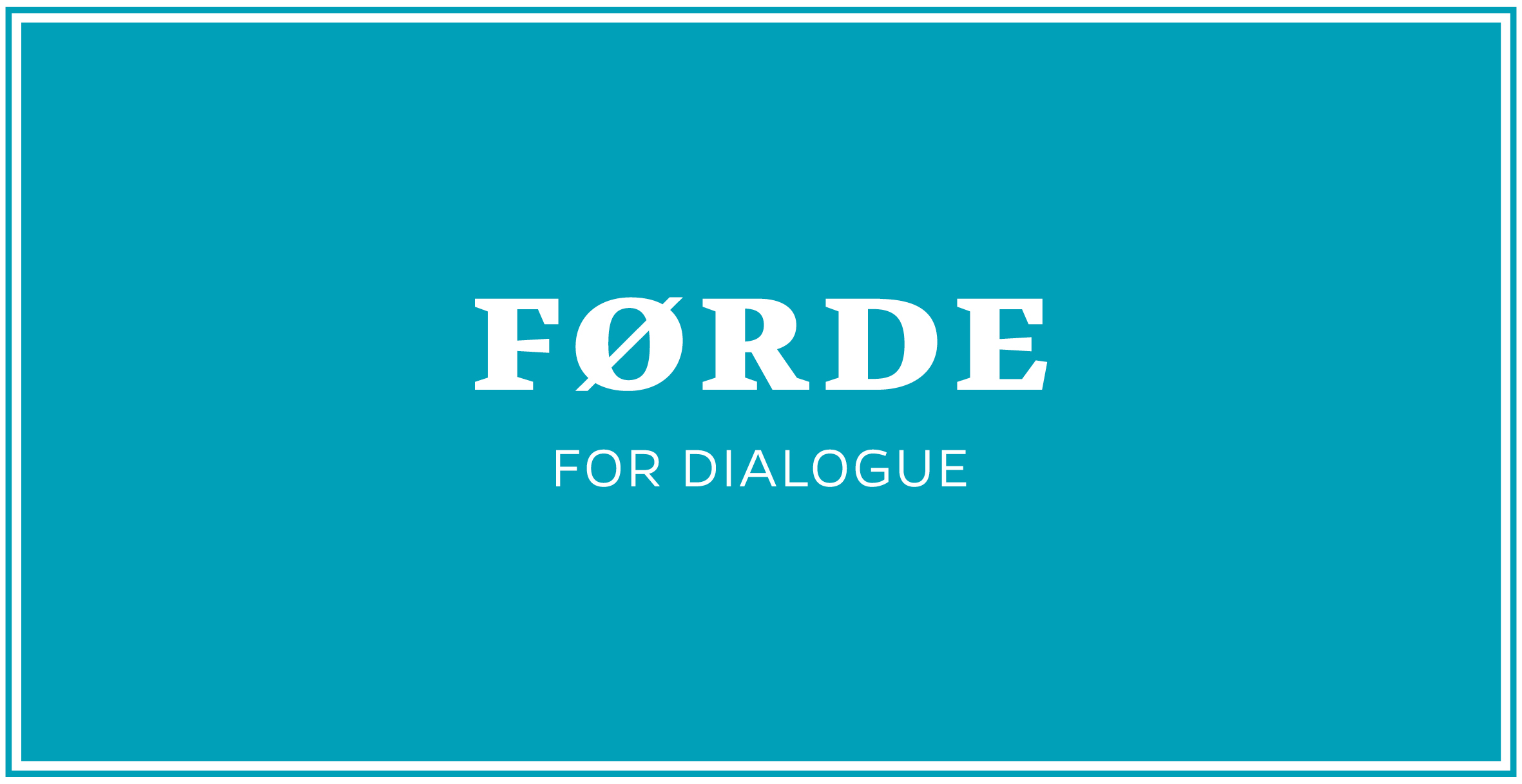
ZIMBABWE 25 YEARS LATER [4]
20 MARCH 2018
Today we left the capital Harare, moving 275 kilometers towards the Eastern Highlands, where majestic mountains form the border towards Mozambique. In the early 90s, we visited this beautiful part of the country several times, on vacation with family and friends visiting, and for project visits to partners and development workers, as well as training seminars and annual meetings.
Midway on the four hour tour, we would stop at the ‘Halfway House’ in Headlands, to stretch our legs, buy soft drinks and tea and coffee, and rest in the shadow of the enormous tree, which fills almost the entire area of the courtyard. The tree is as impressive as ever, seemingly untouched by the tear and wear of the weather and the never ending social and economic crises of the country – a situation largely created through the mismanagement led by politicians more interested in taking care of their own bank accounts, rather than making an honest effort to provide jobs and security for the people.
But almost everything else at this place tells this sad story. The shop used to be full of local produce, vegetables as well as cheese and meat; today all you can buy is a few varieties of water and soft drinks, a few types of biscuits, and ‘Bounty’ chocolate. The huge selection of trees and flowers for the garden has disappeared. The thatched roofing shows signs of wearing down, and in the corners of the once beautiful colonial type buildings, you see stones falling to the ground. Surprisingly, in the midst of the decay, the small restaurant serving coffee, toasted sandwiches and chips continues to operate, with the two women making up the staff going at it as if nothing has changed – they made us cups of great coffee and served us with a smile.
There was one other couple in the courtyard, and it turned out, believe it or not, to be a Danish couple. Like Anne said to me: “Fortunately we did not say anything that could not be quoted!” We thought we could easily boast of a history with Zimbabwe much longer than they could. No! The lady told us that they had come to live i Zimbabwe in 1980 and had lived there ever since. They worked for ‘Humana. People to People’, which is the name for what in Denmark we used to know as the Tvind Organisation. HPP has a huge international headquarter in Shamva outside Harare. Which reminds me that when one day the history of Danish activity and influence in Zimbabwe is written, it will be difficult not to award a significant position for HPP, whether we like it or not.
19 MARCH 2018

We did not recruit Clara to help us in the house, and not least with our two children, Thea and Lasse. She was there when we came to Harare, taking over the job as Coordinator for Mellemfolkeligt Samvirke after Vagn, his wife Dorthe and their three children. We arrived in June 1992 (on the same day that Denmark won the European Soccer Championship) with Thea being two and a half years old, and with Lasse inside Anne – he was born on 15 November 1992 at Avenues Clinic in Harare.
Since the first day he was brought to the house, Clara took care of Lasse when she got the chance, looking after him when Anne was not around, playing with him on the floor. You could argue that Lasse had two ‘mothers’. Whenever I have met Clara over the years, her first question has always been: “How is Lasse?” Of course, she would also ask about Thea, but Thea was old enough to manage her own life, playing in the garden with Luca, and in the kindergarten she went to.
Looking at the photos we had brought for her, Clara had a hard time reconciling her memory of Lasse as he grew up during his first years, and the bearded engineering student of 25 standing next to his girlfriend in the Tivoli Gardens in Copenhagen, and also next to Bodil, Anne’s mother of 92 years, who visited us in Harare back in 1993.
Listening to Clara, it is evident that the years with the three Danish families she worked for in the 80s and 90s were good years. Not that she was paid extravagantly or much more than other household staffers were in Harare at the time. Her room in the shed behind the house was definitely not luxurious in any way – we often discussed if it was good enough! But she felt appreciated for the work she did, she was treated with respect, and she once told me that she felt that we trusted her. Which is true. Her English was not particularly good, and she would normally speak to the children in Shona, but once she had understood what we wanted her to do, we knew it would be done. And we always felt safe with her taking care of the children.
Now Clara has retired. Not because she wanted to, but because she has realized that no family is ready to employ a housemaid at the age of 70. Her last family told her! And after having served in the house of other families her entire life, she is now taking care of her daughter Rebecca and granddaughter Shalom. She has settled in an area – what some would call a slum area and others maybe a ‘growth point’ – around 20 kilometers from the City of Harare. Before she retired, she was smart enough to join a cooperative – Clara may not be well educated, but she is not at all ignorant or stupid. This membership provided her with a piece of land to build a house, and over the last ten years or so, she has slowly been able to pay for bricks and labour to get the structure built.
This is the house you see Clara and Anne posing in front of. Right now, she has one room she is using as a living room – and also preparing the food when it cannot be done outdoors. Another room is used for bedroom for the three of them – but it still needs to have a proper window frame put in. A third room she rents out – which brings in some necessary cash. The two rooms for toilet and kitchen are still not ready – she needs additional funds to finalize this part. Like other families in this area, and in other similar urban areas, she uses every inch of land not covered by buildings for agriculture, in this case mainly maize.
But one day she might just build on it. Clara may be old and she may be poor, but she is in her own low-key way very proud of what she has achieved. Living with a family like ours, she knows very well that there is a world of difference between our lives, Lasse’s and Thea’s lives, and her own life and that of Rebecca and Shalom. But you will never hear her complain. You will never hear her get angry. Maybe that is one of the things in life I still fail to fully understand. Why not?
18 MARCH 2018

Nando’s Restaurant in the Avondale Shopping Centre, not far from where we used to live, was the first stop down memory lane: to meet with the two families who helped us in the house (Clara) and in the garden (Batsirai). Back then, in the early 90s, it meant that five people lived in the two staff or servant rooms behind the house – Batsirai (born 1950) and his wife Maria (born 1950) plus the two boys, Wilson (born 1980) and Luca (born 1989). So the parents are Bjørn’s age, Wilson was 12 when we arrived in 1992, and Luca was almost a year older than Thea at two. Clara was on her own, her husband died years back, and her daughter Rebecca stayed with family down in Gutu.
Today we needed a much larger table for our lunch. Maria and Batsirai were there, together with Wilson, who is now 38 years old, and his wife Susan (they were married in 2006). Together they have three charming children: Melissa (born 2007), Masimba (born 2011), and Maria (born 2015). Clara (who has just turned 70) had taken her granddaughter Shalom (born 2009) along. So we were a total of 11 people around the table.
However, we could have been 15 around the table. Unfortunately Luca could not be with us. He married last year and now also has a son called Douglas. They have moved away from Harare and settled outside Mount Darwin, where he has taken over the farm originally owned by Maria’s parents. On Clara’s side, her daughter Rebecca could not be excused from her duties for the family she is serving.
What we talked about? What families who meet anywhere in the world talk about: How is Anne’s mother doing? How is Bjørn’s daughter in New York doing? How is Anne’s brother Per and Bjørn’s sister Sølvi doing? We were surprised that they could remember the names of literally all the people who visited us over the three years, family as well as friends.
And NO, we did not venture into a debate about how Zimbabwe is doing after the dramatic changes in November 2017, resulting in the fall of President Mugabe and the rise to power of President Mnangagwa. Still, from the adults we could feel a sense of relief, a bit of optimism, and a hope that the future could finally be better than they thought a few months ago.
16 MARCH 2018

Today, together with my wife Anne, I embark upon a tour down memory lane in our beloved Zimbabwe. We plan to visit people and places all around the country. We will start in the capital Harare, where we lived in the area called Strathaven, not far from the city centre. Then we will drive to Nyanga, and continue to Chimanimani, Buhera, Masvingo, Gwanda, Bulawayo, Nkayi, Binga, Gokwe and Nembudzia – weather permitting, in particular the rainy part of the weather, which can make some of the roads difficult to navigate (we will not be driving a big 4-wheel drive). All of those places are villages and towns where we visited regularly 25 years ago – because this is where Mellemfolkeligt Samvirke (MS) had development workers posted. Of course we will also spend time with the families that helped us in and around the house back then. In the photo you see Anne (who no longer smokes) and Thea (who is now 27 years old) in the rural home of our gardener and his wife, together with Luca (today also 27), the best playmate of Thea. Unfortunately they had to give up the house they built themselves years ago, because of ‘problems’ with the title deed, so today their home is on the outskirts of Harare, just like Clara does.
